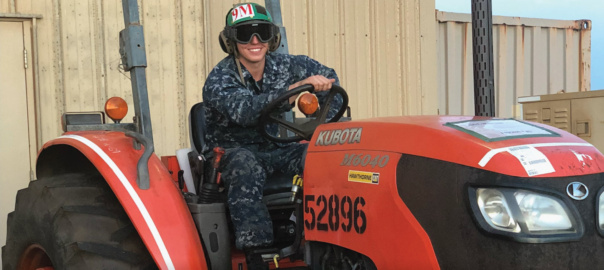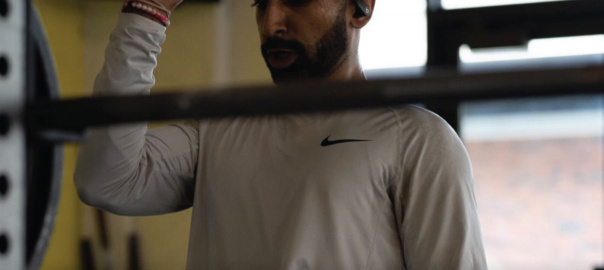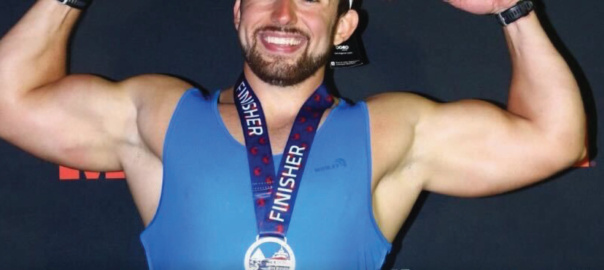Gobble Gobble to all my November readers and a most crispy Fall to you all.
Have you ever carried all the groceries from your car to the house in one mighty attempt? Have you ever knelt down to tie your shoes? Have you ever lifted your pet in the air as Rafiki did to young Simba? If you said yay to any of these actions, then you’ve completed what the scientific meat-heads call functional movement patterns. Functional movements are real life biomechanical situations that we put our bodies through. Functional movement involves multiple joint movements across various planes of motion. During these complex planes of motion, we the people are utilising many muscles at once to complete these tasks. Many of these functional movements are daily tasks of living that we don’t even consider taxing, strenuous or exercising. Building in these movement patterns or portions of the movement into your exercise routine will help improve your quality of life and resilience.
Before we get to the movements, here are 4 big reasons to add the great 8 movement patterns into your exercise routine. First, we can improve movement efficiency by completing a wide range of motions that we perform every day. The more we train these movements and progress them, we can continue to perform these movements more easily. The second reason leads to increased coordination and balance. By performing these movements in the gym, you will improve overall; strength, balance, coordination and control over time. Thirdly, who wouldn’t want to be more flexible with better overall mobility? Putting our muscles through their full range of motion will help increase flexibility and mobility. This is something we could all use after those long days in the office or binging the holiday Lord of The Rings franchise marathon. Last but not least the addition of these movement patterns can help with the reduction and prevention of injuries. Training your body through movements that you complete every day can help us adapt to the applied stress and become stronger and more resilient. This will also give us more energy to do the same task with less energy or to do more overall work with the energy you have.
Now, brace for impact as I give you the Great 8 Movement Patterns and some exercises that can go along with them.
1) Squat: Front Squat, Fat Bar Zercher Squat, Belted PitShark Squat, Goblet Squat, Barbell Overhead Squat.
2) Hinge: Trap Bar Deadlift, Kettlebell Romanian Deadlift, Single Leg Glute Bridge, Stability Ball Hamstring Curl, Banded Good Morning.
3) Lunge: Dumbbell Lateral Lunge, Kettlebell Step-Ups, Safety Bar Reverse Lunges, Plate Walking Lunge, Body Weight Curtsy Lunge
4) Push: Push-Ups, Dumbbell Bench Press, Barbell Overhead Press, Kettlebell Z-Press, Medicine Ball Press.
5) Pull: Lat Pulldowns, Band Assisted Chin-Ups, T-Bar Rows, Chest Supported Dumbbell Rows, Banded Face Pulls.
6) Rotation: Medicine Ball Chops, Palloff Rotations, Kettlebell Turkish Get-Up, Cable Low to High Rotations, Plank Reach and Pull Through.
7) Carry & Brace: Farmer’s Handle Weighted Carry, Plate Overhead Marches, Kettlebell Off-set Carry, Weighted Plank, Hollow Hold, Banded Dead Bug.
8) Locomotion (Run, Jump, Throw): Stair Sprints, Box Jumps, Medicine Ball Toss, Prowler Push, Skips, Medicine Ball Slam.
Do your body a favor and add these movement patterns into your exercise routine, your future self will thank you. If you’d like to learn more about these movements or how to add them into your routine, I am always here to help.
Don’t forget to sign up for our Thanksgiving day Turkey burn #Powerful & Ryde Dynamic Bootcamp class.
As Always, get bumpy my friends.
CeJ








